Discover Nature Snippets
Nature Snippets

Nature Snippets
Author: Declan McCabe
Subscribed: 5Played: 117Subscribe
Share
© Declan McCabe
Description
This podcast is devoted to celebrating the natural world. Topics include discussions of specific organisms, natural phenomena, and actions to protect the natural world and our fellow travelers. As an aquatic ecologist, I often focus on life in freshwater. Many episodes will be based upon writings published in the last several years on biodiversity and the natural history of diverse organisms including invertebrates.
The new cover art was designed by Lauren McCabe and is based on a calligrapha beetle. See more of Lauren's art here: https://www.instagram.com/lauren.mcc.photography/
The new cover art was designed by Lauren McCabe and is based on a calligrapha beetle. See more of Lauren's art here: https://www.instagram.com/lauren.mcc.photography/
55 Episodes
Reverse
Kingfishers are incredible fliers, divers, and of course fishers. A lamp mussel at first blush seem to present all of the complex behaviors .... of a rock. But there is far more fascinating biology happening than meets the eye. This episode documents the interactions between at least one individual each of these two species. Life is interesting, strange, and there is unimaginable complexity if we care to investigate even just a little bit. This essay and now podcast was inspired by a photograph posted on social media. Here's a link to Adelaide Tyrol Murphy's incredible art to go with the story. And the story I presented at a conference a while back inspired Chris Maynard to create more incredible art linked here. I'd like to give a shout out to J Drew Lanham's "Writers of Fox Run Veranda" ....you know who you are! Thank you for inspiration to keep putting words out there; please keep sharing your wonderful words on paper or in the ether!
Update 12/30/2023: I'm back filling episode art because I just noticed how they present on various platforms. Wikimedia commons is my favorite source where people share art seeking only attribution. This image came from here.
Why do we fish and should we fish at all? When I fish, it is usually for recreation or education. I encourage others to fish because I believe that familiarity with the fascinating organisms in the natural world fosters appreciation for the environment. When a person catches a fish in a nondescript pond, dots are connected. A previously boring water body becomes a habitat. Certainly it was habitat before anyone caught a fish, but an appreciation for the pond as habitat is built. And when we appreciate organisms and habitats, we are more likely to value and protect that habitat.
In this episode, several St. Michael's College Environmental Science tell us why they fish and what they caught.
Update 12/29/2023: episode art is from Wikimedia Commons and found here: https://upload.wikimedia.org/wikipedia/commons/f/f7/Lepomis_macrochirus_photo.jpg
There are many caddisfly species feeding under the ice in our ponds, streams, and wetlands. Most aquatic insect growth happens in winter when the stream bed food supply is at its peak. The base of the stream food web is not provided by plants growing in the stream but instead drops in in the form of falling leaves. You might expect the peak to therefore happen in fall, but the leaves must first soak and steep. This process leaches out the chemicals that protected the leaves from herbivores during their productive lives. Next, fungi and bacteria colonize the leaves after which time, the leaves are edible to insects. But most of us notice aquatic insects including caddisflies, when they emerge as winged adults. One caddisfly in particular emerges in winter and is the subject of this first podcast of 2023. Welcome to season three and thanks for listening.
Duckweed can entirely coat summer ponds, but have you ever wondered what happens to them in winter when the ponds ice over? This episode gets into exactly where duckweeds go when the snow flies, and how they make it back from their wintering grounds.
As the name suggests, drain flies may well emerge from floor drains. They are not a sign of poor house keeping....rather they are a sign that you have drains. The larvae inhabit your plumbing in places like shower drains and floor drains. You may well see them at any time of year and so September is a perfect time to release this episode and kick off a new season.
Spring flowers bloom before tree canopies fill out taking advantage of both accessible light, and early-year pollinators. This little beetle is one of the earliest and is well protected by a toxic payload.
The leaves that provide breath-taking views in New England Falls are far from ecologically finished when they drop from trees. Many leaves end up fueling food webs in freshwater habitats. This episode covers some of the complex processes that occur under water before a leaf ever feeds a trout.
In winter, a small black caddisfly emerges from streams to complete its life cycle. The females don't bother with wings, unless, that is, they happen to emerge in summer. These beautiful little caddisflies spend their larval lives filtering minute particles of organic matter from the water and cleaning the water in the process.
Because this podcast frequently discusses very small organisms, I thought an episode on magnification would be of interest. And because I know that some parents listen to this podcast, I decided to focus a little also on sharing the nature of small things with children. So tips and tricks about getting close views of tiny things are featured. The cover art for this episode is a Wild M5 Stereoscopic microscope. The image was clipped from a Wikimedia Commons image uploaded by Michael K. Oliver: https://commons.wikimedia.org/wiki/File:P_Humphry_Greenwood.jpg
Follow this link to view the inexpensive hand lens I mentioned: https://us.vwr.com/stibo/bigweb/std.lang.all/20/35/10312035.jpg
Snow Scorpionflies are not true flies and don't look especially like scorpions. But the "snow" part of their name is certainly accurate. You may find these curious insects walking, hopping, but never flying from the snowy surfaces in your particular winter wonderland. And if you do, why not post about them on iNaturalist. This episode includes a useful tip about cell phone photography of very small things. The cover art for this episode is cropped from an image of a female snow scorpionfly; note the total lack of wings. The image is from Wikimedia Commons: https://commons.wikimedia.org/wiki/File:Boreus_westwoodi_f.jpg
Frozen lakes may appear incompatible with life. But "life" begs to differ. Any ice fisher will be happy to list the fish they have caught and the fish are exquisitely adapted to life beneath an icy ceiling. Learn how a quirk of water's physical chemistry makes life possible at 39 degrees. In summer, lakes are stratified into warm layers on top with colder layers below. Frozen winter lakes and ponds are coldest on top and warmer below; this is called inverse stratification.
Water striders or pond skaters use pond surfaces as spider webs. They prey upon aquatic organisms surfacing to breath, or on terrestrial organisms that end up stuck in the water surface. This episode explains the photograph I use as the Nature Snippets' logo. Water striders are insects in the order Hemiptera, family Gerridae. The community of organisms living on, and supported by, the surface tension of water bodies, including those organisms hanging beneath the surface tension is called the neuston.
Migration, hibernation, or actively going about their lives, insects are well adapted to dealing with winter weather. This episode gets into some of my favorite examples of the exquisite adaptations that insects use to get through the coldest months.
Possibly the most common non-human resident in the average home is the long-bodied cellar spider. These innocuous beasties provide non-toxic, round-the-clock pest control for just the price of a small place to live. And although there are those who'd be less than thrilled by these little guests, they keep actual pest populations in check. This episode discusses how you can document the guests in your home and share them for posterity and science.The episode art is modified from a photo uploaded to Wikimedia Commons by Ryan Hodnett.
I recorded this back in January and am finally getting around to launching it today. This episode features a fascinating little beetle larva that clings to rocks in rivers and in wave-washed lake shores. Water penny beetle larvae were first mis-described as isopods and later the error was fixed. You can find them on river rocks where they graze on periphyton. The episode art is from photos taken by then UVM student Erin Hayes Pontius when she worked in the lab at St. Michael's College. It shows a water penny (genus Psephenus) on the left and a false water penny (genus Ectopria) on the right.
The winter season ha provided some wonderful snowflakes. IN this episode I discuss a Vermonter know as "Snowflake Bentley". Wilson Bentley attached a bellows camera to a microscope and made some of the first snowflake photographs ..... thousands of them. And while he made scientific studies of snowflakes, I'm just having fun, and you can too.Episode art is a photo I took using a Nikon Dipahot inverted microscope from the 1980s.Upcoming bug talks:March 7 & 9 in the Flower Show in Essex Vermont: https://vnlavt.org/vermont-flower-show/workshops/ March 19 in Newport Vermont: https://www.eventbrite.com/e/turning-stones-discovering-the-life-of-water-tickets-1242151802479
Of late, I'm more frequently called upon to talk about bugs than
ever. But to reduce the chances of rendering my audience comatose, I use
live insects and hands-on demos to keep things moving. You can also!!
This episode describes how to get aquatic insects at almost any time of
year using inexpensive improvised gear found in a dollar store, or more
durable equipment if you intend to make a habit of this sort of thing.
To see a recent talk go here: tinyurl.com/3htf29tv
And to read about it, you can find my book here:
https://tinyurl.com/McCabeBook
Episode art: timing a standardized sampling event
Freshwater ecologists often group invertebrates based on how they eat. Black fly larvae filter particles out of the water and in one case, they managed to help put a murder behind bars. This time around I'll be chatting about these incredible little organisms that improve water quality and are food chain links between incredibly small morsels and the fish we love to catch.
I'll also be sending some love out to those incredible curators and lovers of books that run independent book stores. On both sides of the Atlantic I have been graciously hosted by independent book stores and I wanted to show my appreciation in this small way.
North Branch Nature Center in Montpelier Vermont will be hosting me on September 26th at 6:30 PM and this event will be co-hosted by Bear Pond Books. We'll talk about my book: Turning Stones: Discovering the Life of Water! You'd all be most welcome!
Macroinvertebrates, or the invertebrates we can see, are sentinels of clean water monitored by professional biologists. They can also be a gateway drug for budding scientists young and young at heart. This episode describes inexpensive equipment for catch-and-release studies of macroinvertebrates in ponds and streams.
This video takes you through the same approaches.
Episode art is clipped from an image uploaded to Wikimedia commons by John Rostron.
Driving directions from Danville if you'd like to join us on Saturday 6/29/24 9:00AM:
At the Route 2 light in Danville, turn south onto Peacham Road. Take an immediate left (at the Danville Post Office) onto Brainerd Street. Stay on Brainerd Street for .8 miles, where you will keep right onto Greenbanks Hollow Road
(dirt road). Stay on Greenbanks Hollow Road for 1.9 miles. Go through the covered bridge, and continue south on Thaddeus Stevens Road for one mile.
Parking instructions:
The parking location is on the side of Thaddeus Steven
Road at the town line between Peacham and Danville which is one mile south of the Greenbanks Hollow covered bridge in the vicinity of 3027 Thaddeus Stevens
Road.
See
you at 9am on Saturday.
Imagine a worm that enters the body of a different species, and then takes over its brain, altering its behavior to the benefit of the work and to the detriment of the host. Such is the story of the horsehair worm.
Following this episode I'll announce 2 events. The first is on Wednesday June 19 at 7:00 PM in Beardsley Zoo but also live on Zoom: registration is required: https://connecticutsbeardsleyzoo-bloom.kindful.com/e/june-evening-lecture-2024. I'll be co presenting with Aimee Turcotte (St. Michael's College class of 23). The second event will be a book talk & signing co-hosted by Northern Woodlands at Norwich Bookstore: https://www.norwichbookstore.com/events/20240620
Episode art for this episode is by Eduard Solà Vázquez and shared on Wikimedia Commons: https://commons.wikimedia.org/wiki/File:Nematomorpha_Somiedo_(white_background).jpg


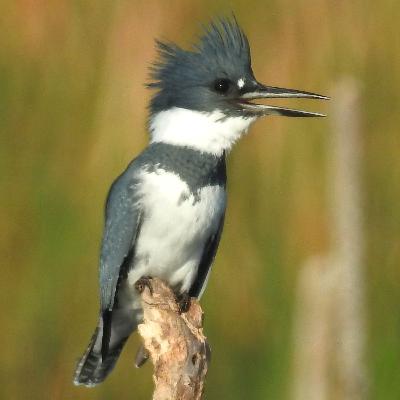
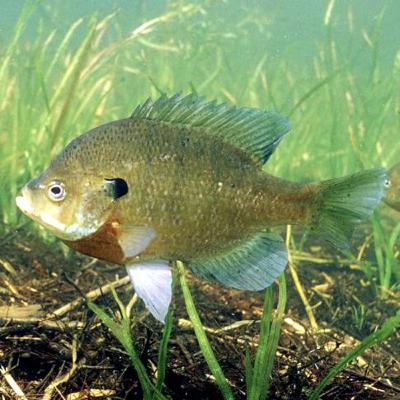
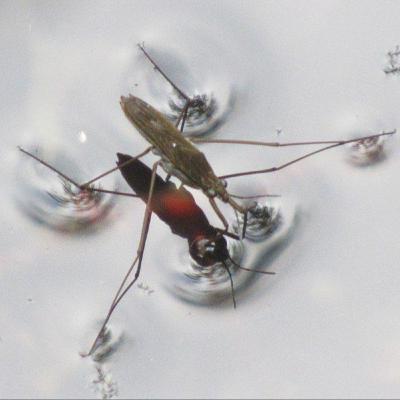

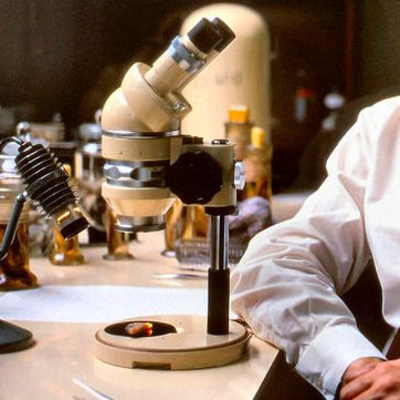
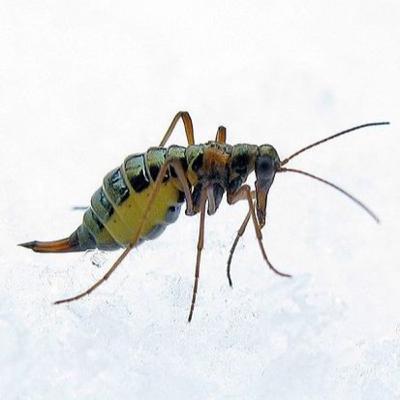

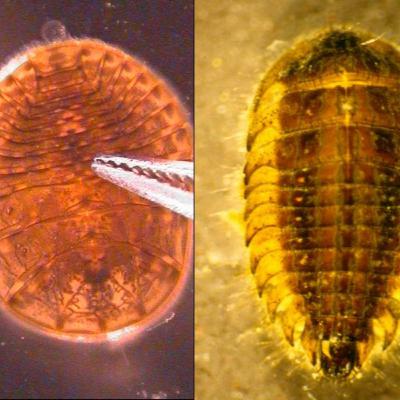
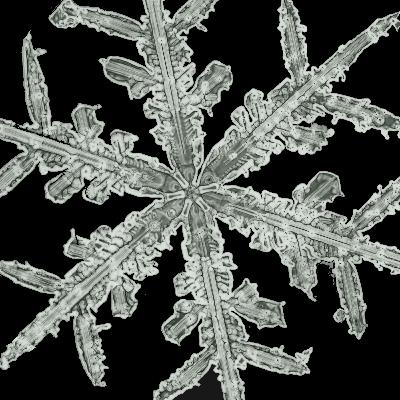
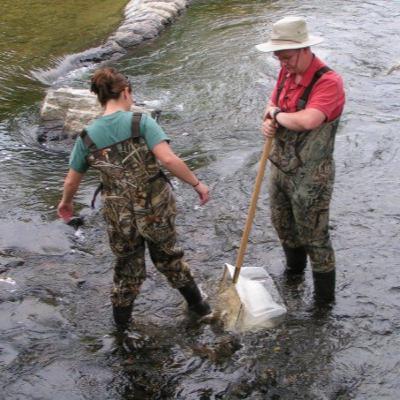
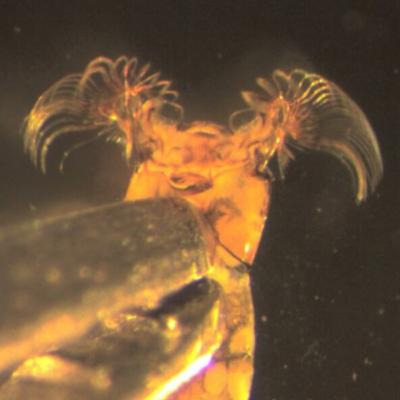
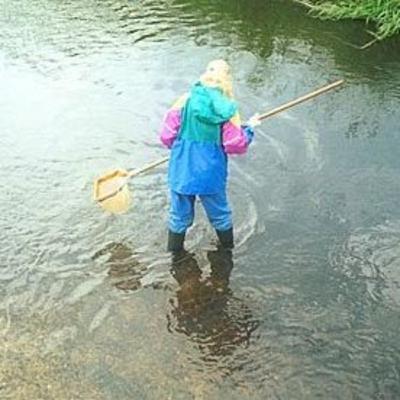
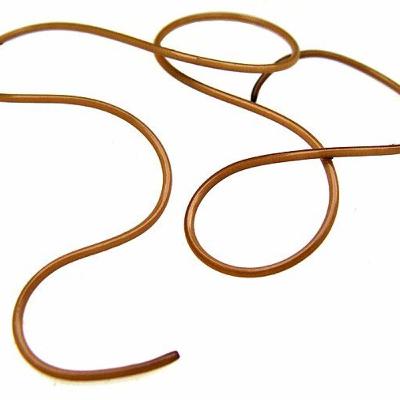



Love this podcast! Keep it up from Wales, UK.